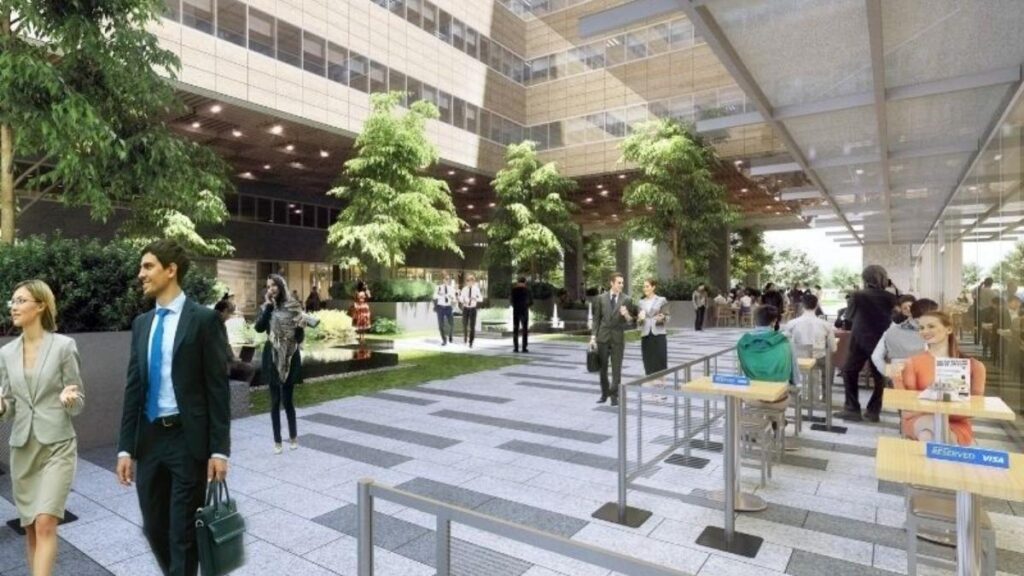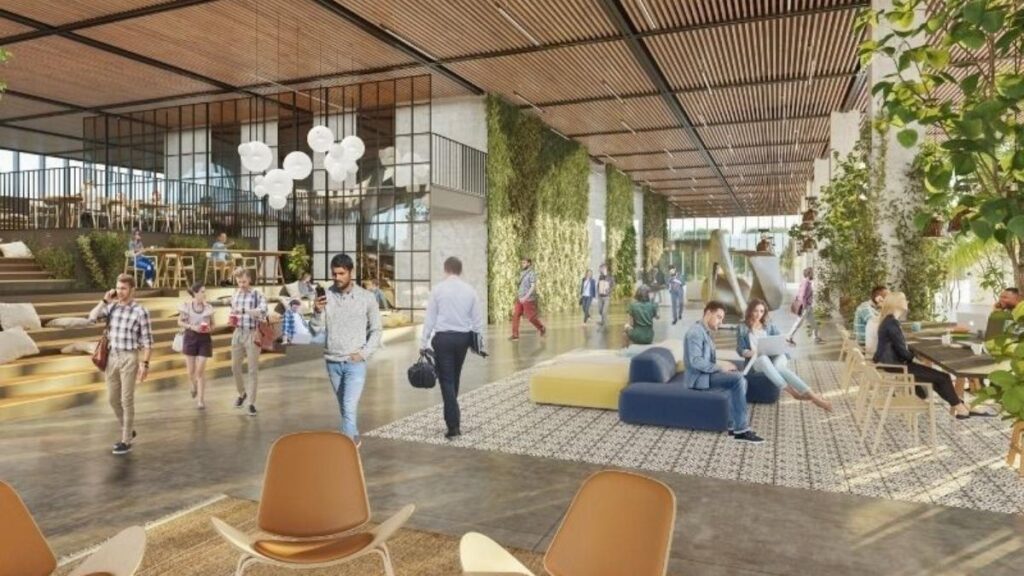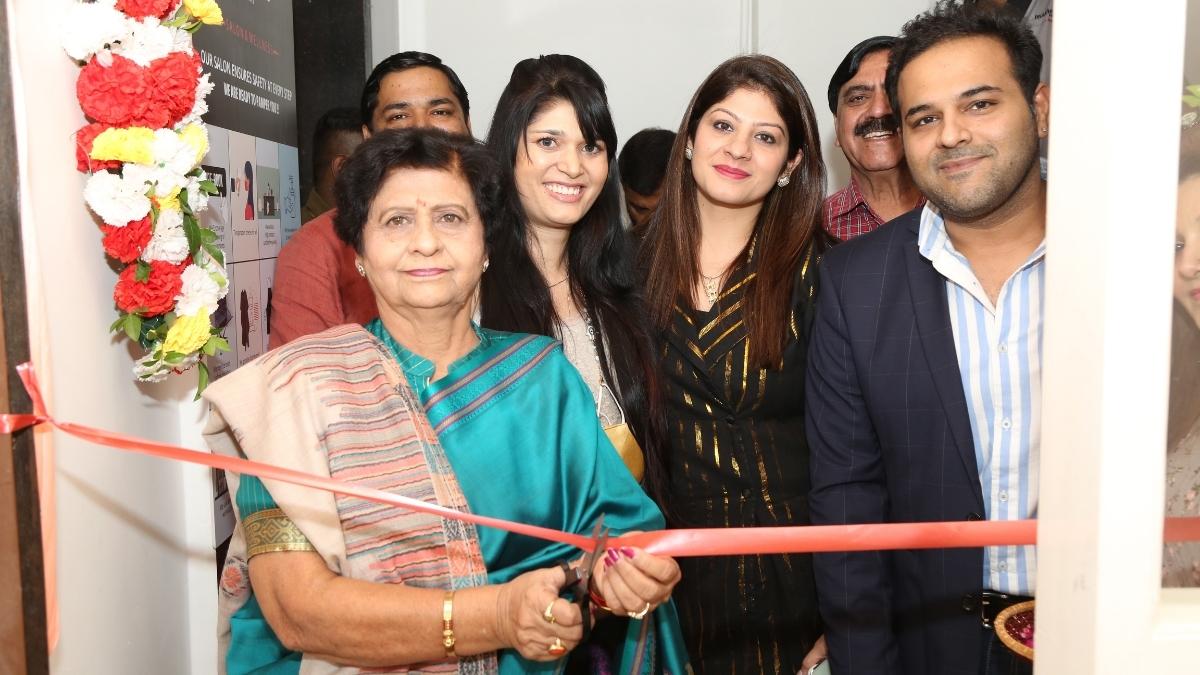Flex spaces would require new technologies, so starting small can help companies see what works and what doesn’t, says an article by JLL Consulting
Living and working through the recent pandemic, most corporates, as well as their employees will agree that they benefitted from remote work and virtual offices. But while some people might want to continue working from home as life gets back to normal, others find it too hard.
LinkedIn Learning’s 5th Annual Workplace Learning Report – ‘2021/Skill Building in the New World of Work’ shows that nearly half of India’s workforce is keen to return to their workspaces. They feel that traditional office settings are more conducive for productive work, while 9 out of 10 respondents (86%) opted for hybrid workplaces for enhanced work-life balance. Employees want more choices and flexibility around how and from where they work, making the move towards hybrid and flex-space models the need of the hour for businesses.
But before investing in new workplace concepts, organizations should first run pilots so they can learn what works best and choose the most effective programme for their employees for the long term.

How to run a hybrid workplace pilot
A hybrid work model would require new technologies, so starting small can help companies see what works and what doesn’t, says an article by JLL Consulting. And it is important to measure impact. The broad steps in a hybrid workplace pilot are:
- Understand what each employee wants: Monthly or fortnightly employee pulse surveys are essential as they enable organisations to zero-in on what their employees want. For hybrid workplace programmes to work, it is also important to understand various, uniquely different, personas and behaviours that exist within individual or employee groups. This will ensure an optimum employee experience.
- Build a programme based on inputs and feedback: Once the organisation identifies these different groups based on feedback collected from surveys, it can start building journey maps for each employee. The pilot thus helps to throw light on what elements should be added, which are redundant and can be taken out or modified in line with the requirements thrown up by the survey.
- Integrate elements with the existing workplace: The third step is where the organisation adds these hybrid workplace design elements that are identified by the pilot, to the existing physical office. It could also include programmes that help with remote work such as tech and telecommunications support, training, supporting employees monetarily for food or furnishing, etc.

Future-proofing CRE
As per a Cushman & Wakefield survey, leasing of flexible workspaces by corporates in India rose by 73% in the first half of the calendar year 2021 to 31,538 seats, which is nearly 87% of the seats leased during the same period a year ago. Considering the uncertainties and volatility induced by the pandemic, many companies irrespective of size, are banking on the combination of flexibility and cost advantages that are provided by the hybrid workplace model.
Global property consultant CBRE surveys show that most large U.S. companies favour short-term flexibility provided by flex space for a portion of their office portfolios as they adapt to new work styles, including hybrid work practices, as part of their return-to-the-office plans. The survey outlines four primary factors fuelling demand for flex space going forward:
- Employees desire flexibility and choice. Most respondents across the globe said they want to work remotely a few days a week. And many would consider working in satellite offices closer to their homes a few days each week, which could include locations offered by flex providers.
- Large companies are considering increased use of flex space. A May 2021 survey by CBRE Occupancy Management of 42 client companies occupying a cumulative 325 million sq. ft. across the globe found that 56% are using flex space and 43% anticipate their use of flex space will increase going forward.
- Small companies can use flex space to accommodate their space requirements more quickly, easily, and efficiently, in many cases than with traditional office space.
- Office-leasing activity has picked up in recent months. A recovery in demand for office space will result in companies considering and comparing flex space and traditional space alike.

The flex-space option gives business owners the opportunity to customize and expand their space, allowing them to use the area efficiently. This new format is dramatically changing the CRE sector. The focus is shifting from corporations dictating how office space is designed and managed to a model that puts employee needs at the heart of the office experience.
Even after the world gets vaccinated and the fear of the pandemic is past us, a 9 to 5, the in-office 5-day structure seems unlikely, at least not for 100% of the workforce. Even before the pandemic, conversations around flexibility in workplaces were gaining in strength. is time for CRE operators to start future-proofing themselves.
The article has been written by Mr Thirumal Govindraj, Senior Managing Director, RMZ Corp and sourced from Why hybrid workplace pilots are taking off .




